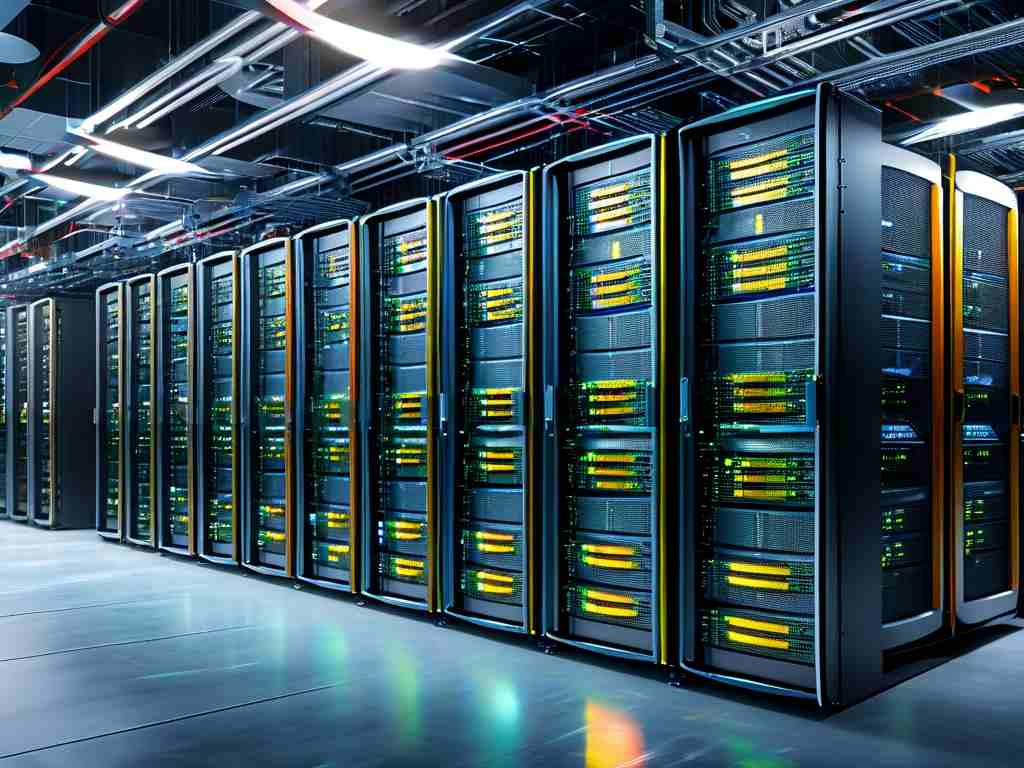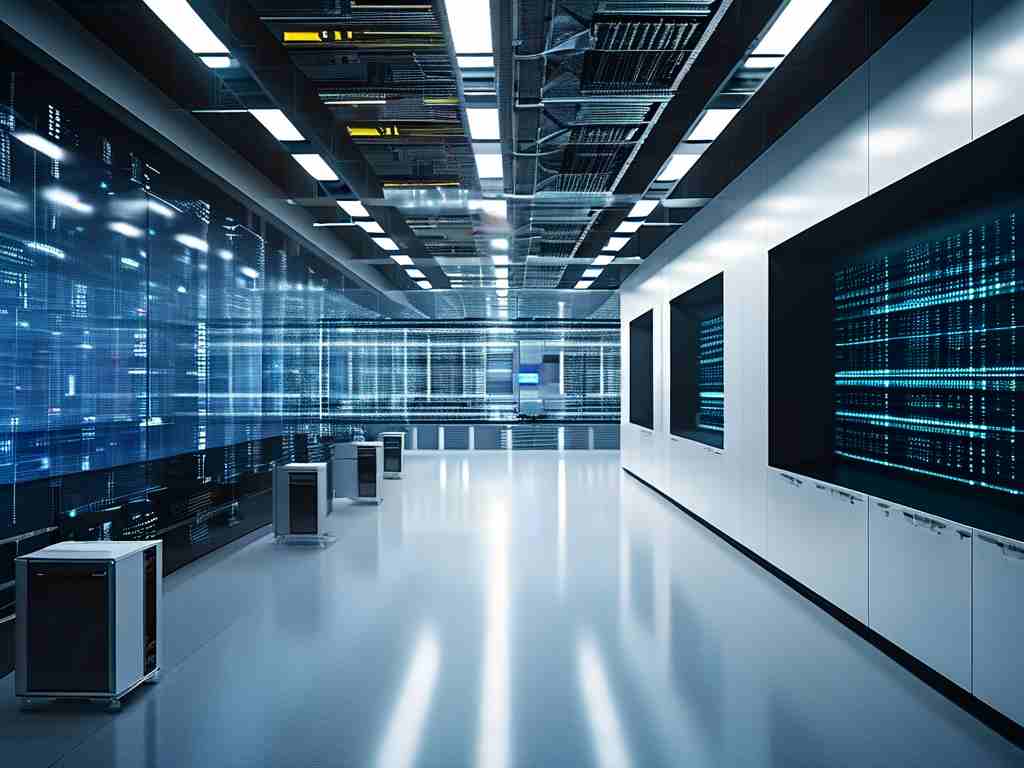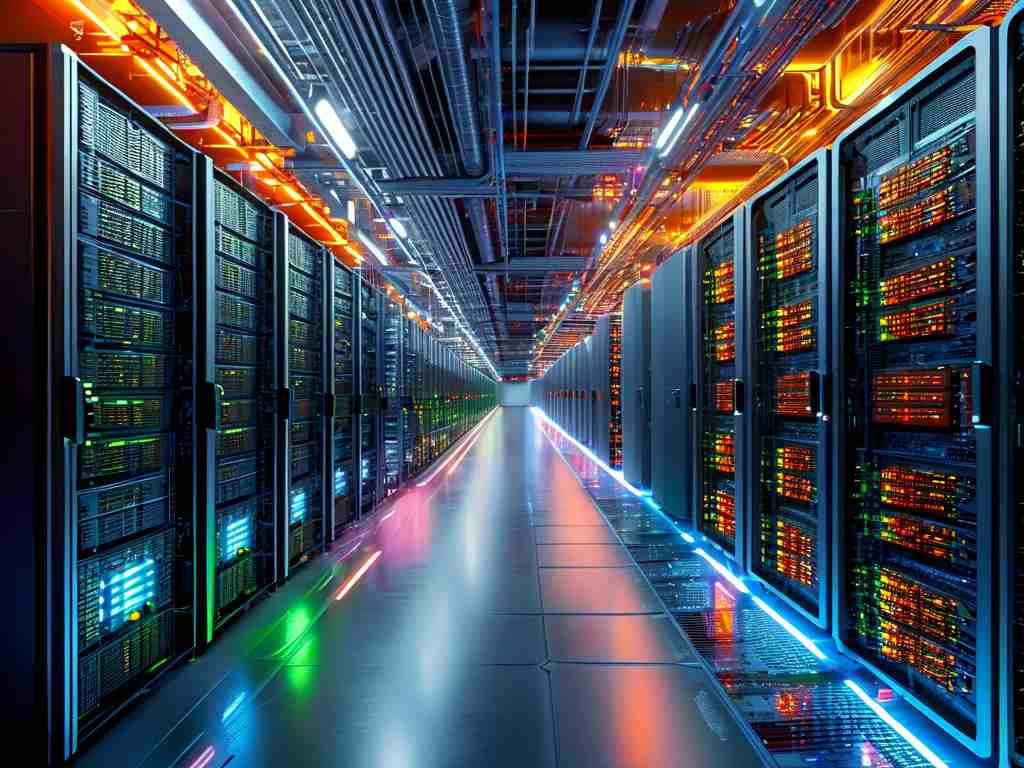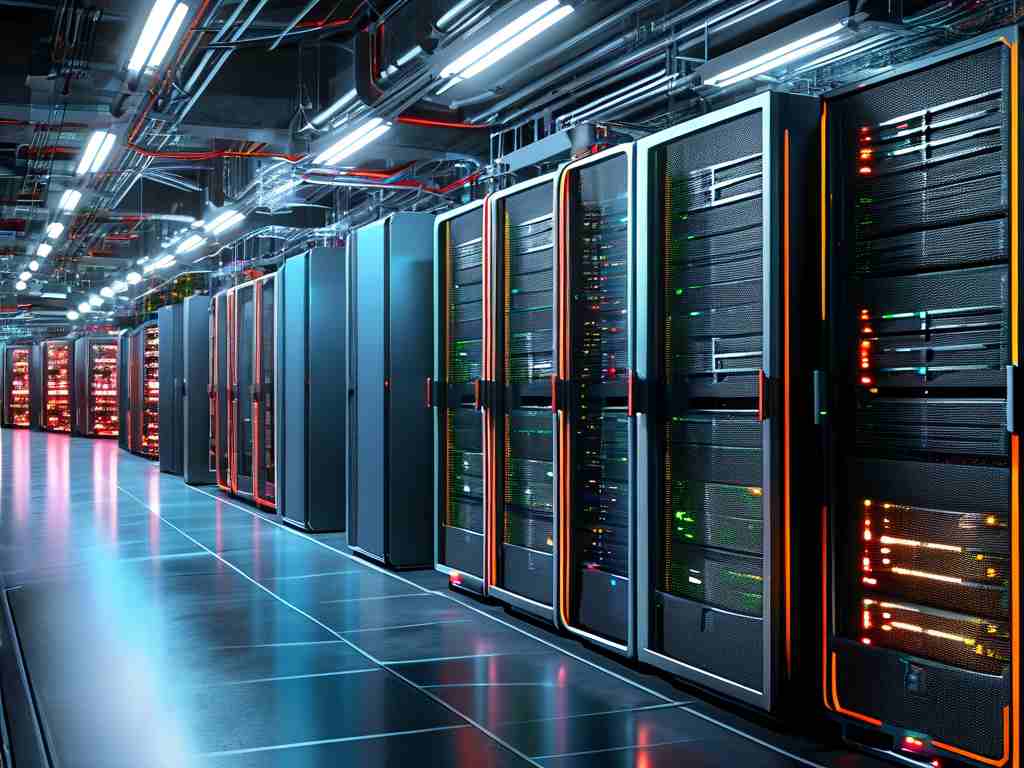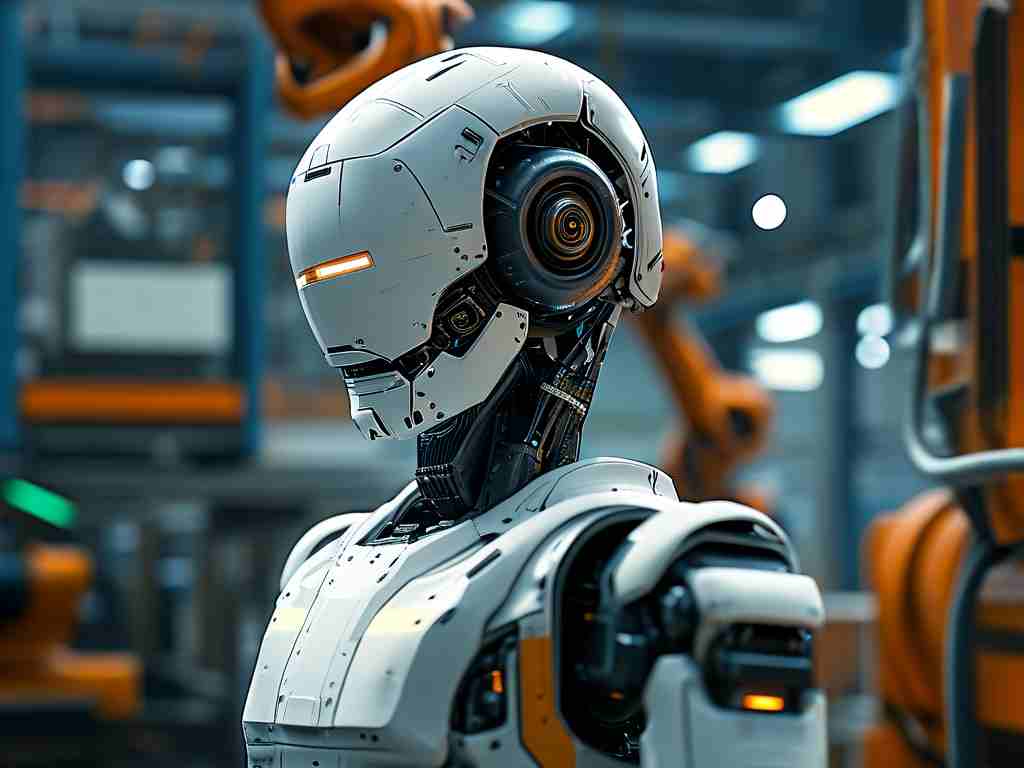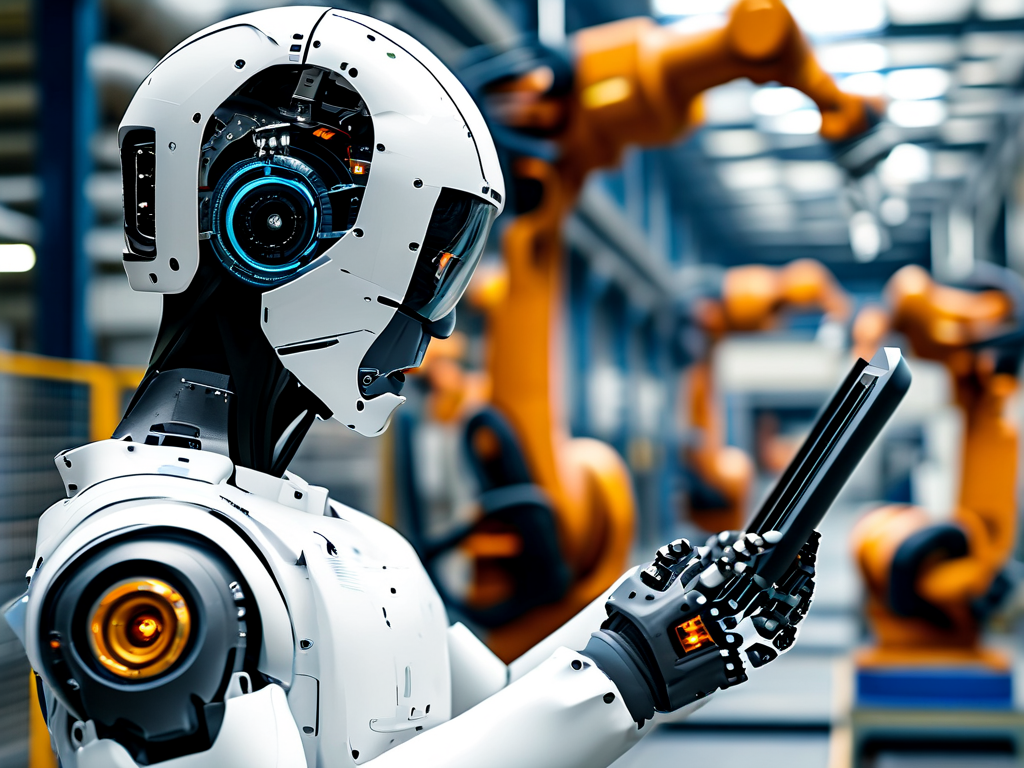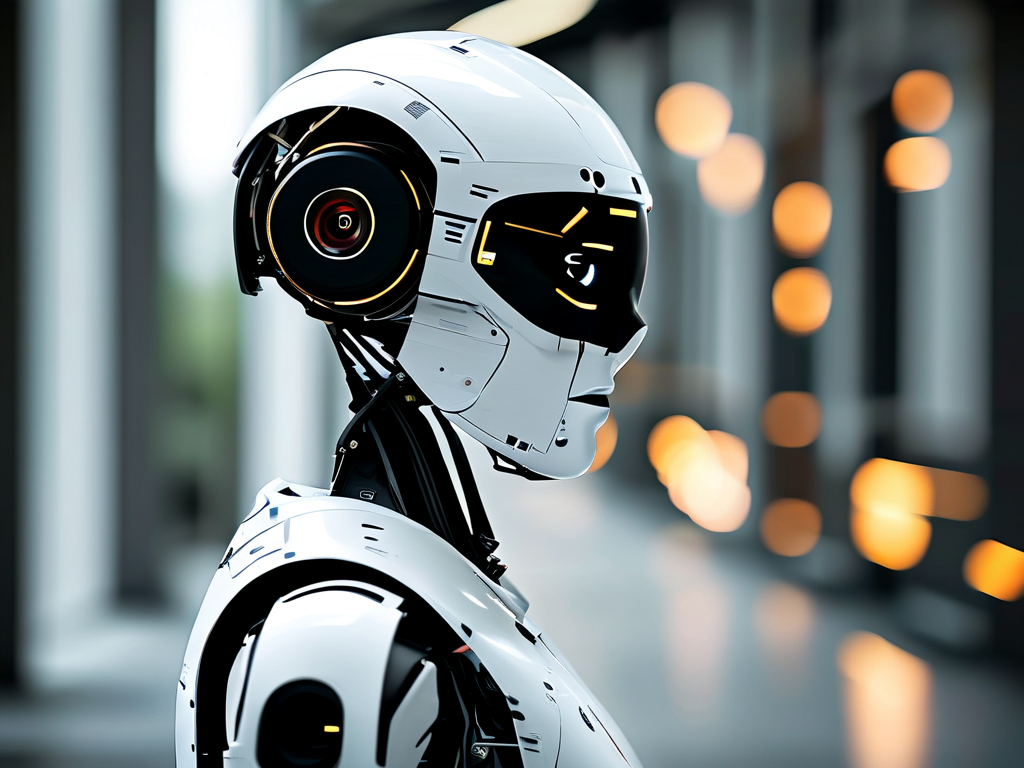The evolution of enterprise IT infrastructure has entered a transformative phase where traditional architecture, cloud computing capabilities, and hybrid frameworks converge. This triad reshapes how organizations approach digital transformation while balancing legacy systems with modern innovations.
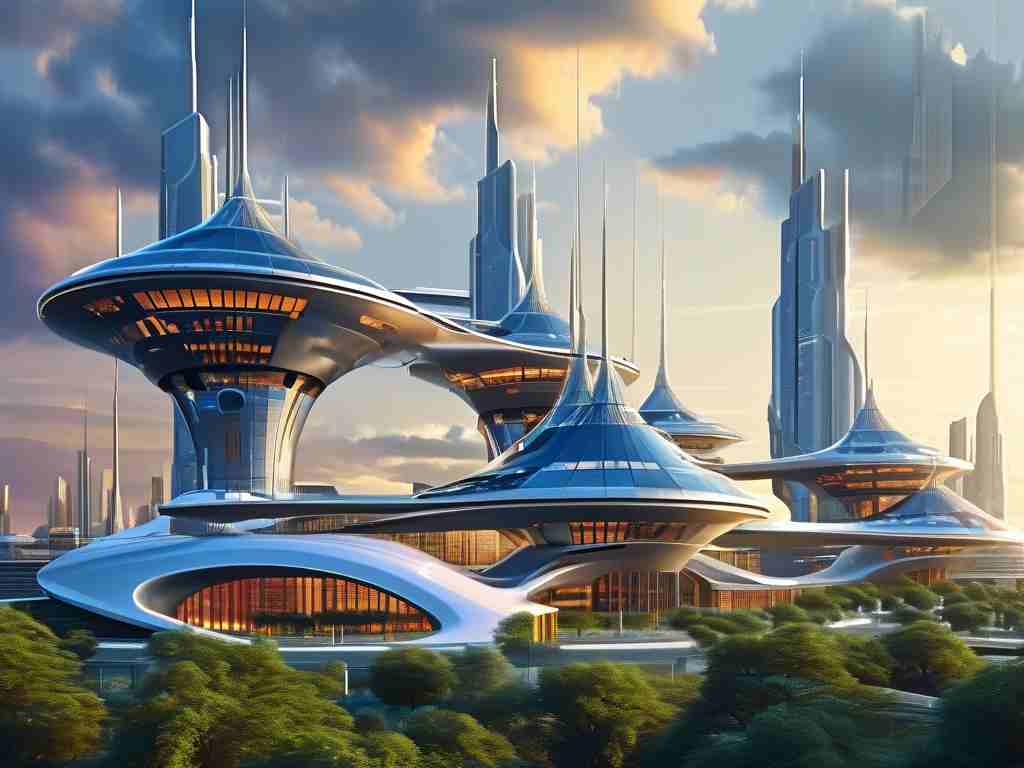
Traditional on-premises architectures dominated enterprise computing for decades, offering full control over hardware and data security. Financial institutions and government agencies still rely heavily on these systems due to strict compliance requirements. A banking CIO recently noted: "Our core transaction processing runs on IBM mainframes – they deliver unmatched reliability for high-volume operations." However, limitations emerge in scalability and resource optimization. Maintaining physical servers often leads to 30-40% idle capacity during off-peak periods, creating cost inefficiencies.
Cloud computing revolutionized this landscape by introducing elastic resource allocation. AWS EC2 instances and Azure Virtual Machines enable enterprises to scale workloads dynamically. A 2023 Flexera report revealed that 78% of businesses now adopt multi-cloud strategies, leveraging platforms like Google Cloud's AI-optimized TPUs for machine learning tasks. Yet cloud dependency raises concerns – latency-sensitive applications in manufacturing automation or real-time trading systems sometimes struggle with public cloud responsiveness.
This dichotomy fuels the rise of hybrid architectures. By integrating local infrastructure with cloud burst capabilities, organizations achieve workload-specific optimization. Consider a healthcare provider handling patient records: sensitive data remains in HIPAA-compliant on-prem servers, while AI-driven diagnostic tools utilize cloud GPUs. Cisco's Hybrid Cloud Platform exemplifies this approach, offering seamless workload migration through Kubernetes clusters.
Technical implementation requires careful orchestration. Tools like Terraform enable infrastructure-as-code deployments across environments, while service meshes (e.g., Istio) manage cross-platform communication. A telecommunications case study demonstrates this balance: edge computing nodes process 5G network data locally, while customer analytics run on AWS Lambda. This setup reduced latency by 62% compared to full-cloud alternatives.
Security remains paramount in hybrid models. Zero-trust architectures with encrypted data pipelines between environments mitigate risks. Palo Alto Networks' Prisma Cloud now offers unified policy enforcement across on-prem and cloud endpoints, addressing a critical pain point identified by 68% of enterprises in a recent IDC survey.
The financial implications are significant. Hybrid models can reduce total infrastructure costs by 18-25% compared to pure cloud setups, according to Gartner. A retail chain's transition story illustrates this: moving inventory management to Azure while keeping POS systems on-prem cut monthly operational expenses by $92,000.
Looking ahead, emerging technologies will deepen hybrid integration. Projected developments include:
- 5G-enabled edge computing nodes interfacing with central cloud brains
- Quantum computing hybrids pairing classical and quantum processors
- AI-driven resource allocators predicting optimal workload placement
As Red Hat CTO Chris Wright observes: "The future isn't cloud versus on-prem – it's intelligent workload distribution across ecosystems." This paradigm demands new skill sets, with 72% of IT leaders prioritizing hybrid infrastructure expertise in hiring plans.
Ultimately, the fusion of traditional systems, cloud scalability, and hybrid flexibility creates a resilient digital foundation. Enterprises adopting this model position themselves to leverage historical investments while embracing cloud-native innovation – a balanced approach for sustainable technological evolution.

